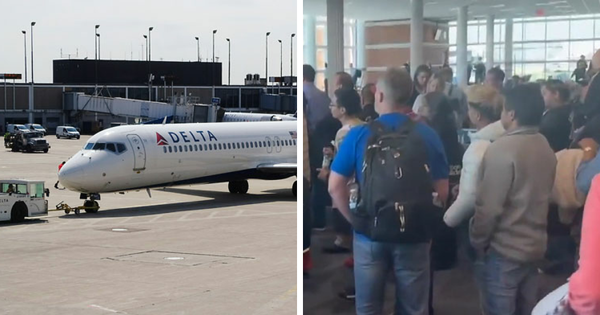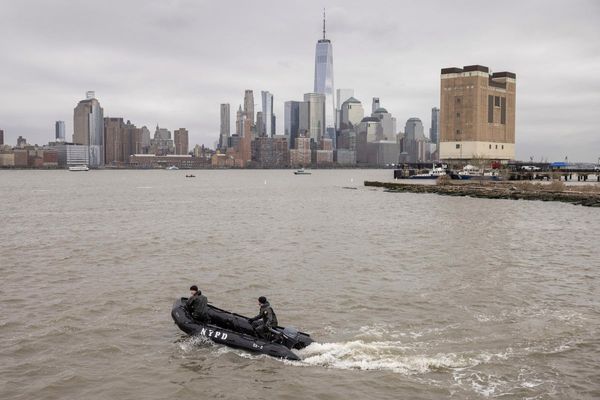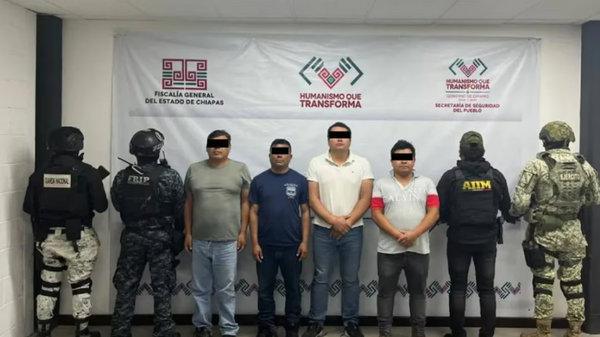
Bangkok, Thailand – Aung, a high school English teacher, figured it was high time to leave Myanmar the day the military generals who took over the country stepped up enforcement of a long-dormant conscription law they had dredged up.
That was at the end of January, a little more than 11 months after the generals announced plans for widespread conscription, in order to cope with their military’s mounting desertions and battlefield losses to armed groups fighting back against their 2021 coup.
The first contingent of 5,000 conscripts into Myanmar’s military started their basic training one year ago this week.
Thousands of more conscripts followed, with the military giving itself even greater powers in January to press-gang any man aged between 18 and 35 or women between 18 and 27 into military service. Those who try to evade the draft face up to five years in prison.
At that point, 29-year-old Aung made the decision to flee Myanmar.
“I decided I must leave…as soon as possible,” he told Al Jazeera.
That very day, he tossed some clothes, medication and a few of his favourite books into a backpack and caught the next bus heading east out of Yangon, Myanmar’s sprawling commercial capital.
Dozens of military checkpoints, several bribes to soldiers and three nerve-racking days later, he was standing on the muddy banks of the Moei River, where, on a rickety wood boat arranged by local smugglers, he crossed over into Thailand.
A year into Myanmar military’s conscription drive, thousands of young men and women have done much the same, either heading for rebel-held borderlands out of the military regime’s reach or leaving Myanmar behind altogether.
Like Aung, they are refusing the order to fight for military rulers accused by the United Nations and countless human rights groups of waging a brutal campaign to cement their rule, by indiscriminately attacking civilian populations across Myanmar and dragging the country into a bloody civil war with no end in sight.
“They are destroying the whole country, they are killing our people, our civilians. I don’t want to be part of the killers. That’s why I don’t want to enter the military and I don’t want to obey the conscription law,” Aung told Al Jazeera recently from a safe house near the Thai-Myanmar border.
‘They don’t want to serve … like slaves’
The military has not released official conscription figures.
Having called up the 11th contingent of conscripts in March, the Myanmar military may be close to hitting its target of drafting 60,000 new soldiers in the first year of the programme, analysts tell Al Jazeera.
Analysts said the recruits will be welcome relief for the regime’s battalion commanders across the country, who have fallen well short of manning their units to full strength after four years of fighting a civil war that is estimated to have killed tens of thousands on all sides.
Richard Horsey, a senior adviser on Myanmar for the International Crisis Group, said new conscripts are getting harder and harder to round up.
While some answered the draft willingly in the first few months of it coming into force last year, that has changed.
“Over time, the authorities have had to resort to ever more draconian measures to get conscripts, including abducting young men from bus stops and other public places,” Horsey said.
“Local officials have been extorting money from potential conscripts in order to avoid the draft. Some officials have been killed when they entered communities attempting to compile draft lists or enforce conscription orders,” he said.
And instead of being posted to guard duty around military bases or other posts behind the front lines as first intended, many of the draftees are said to be getting some of the riskiest battlefield assignments.
“There are many reports of conscripts being given the most difficult and dangerous duties that more experienced soldiers are reluctant to do, such as being airdropped behind enemy lines. They are unsurprisingly failing at these tasks – either being killed, defecting or fleeing if they have the chance,” Horsey said.
The conscripts are also being rushed into battle with far less training than the soldiers they are joining or replacing, in some cases as little as three months, and treated more like cannon fodder than fighters, said Kyaw Htet Aung, who heads the conflict, peace and security research program at Myanmar’s Institute for Strategy and Policy, an independent think tank.
“For example, when they [the military] enter the new … area, firstly they just [send in] these kinds of conscripted persons as the first troops, and then the actual soldiers could be later on, [as] the second line,” he said.
‘Human shields’
Ko Ko, 24, who fled Myanmar to evade conscription in March last year, only weeks after the draft was announced, told a story that echoes Kyaw Htet Aung.
“In the battlefield, they use the [conscripts] like human shields – to step on bombs, to dismantle bombs, something like that,” he told Al Jazeera from northern Thailand.
“That’s why no one wants to go to the military; they don’t want to serve … like slaves,” he said.
Ko Ko says his parents paid a family friend, with a high position in the regime’s immigration bureau, about $300 to arrange for him to pass through the immigration counter at Yangon International Airport without getting stopped so that he could leave the country and avoid the military draft.
A friend was not so fortunate, Ko Ko said.
Rather than serve in the military after receiving his draft papers, he took his own life, Ko Ko said.
Despite the compulsory call-up, analysts say the draft has failed to turn the tide in a grinding civil war that has mostly seen a string of losses for the military.
In December, months into the conscription of thousands of recruits, the military lost another regional command base to rebel forces, its second since the coup in 2021, in Rakhine state.
By some estimates, the military may only be in full control of less than a quarter of the country, though it still has a firm grip on major cities such as Yangon, Mandalay and the capital Naypyidaw.
The conscription drive has given some relief to diminished battalions, boosted morale among officers, and allowed for some defensive battlefield operations.
“But it is certainly not a silver bullet for a military that is experiencing historic weakness,” the Crisis Group’s Horsey said.
Fighting to a standstill with recruits
Even with thousands of new troops, Kyaw Htet Aung says, the military has managed to launch only a few new offensives or counteroffensives to retake lost ground.
Primarily, the regime continues to rely on long-range artillery and air attacks for most of its offensive fighting operations. At most, he adds, the draft has helped the military minimise losses.
That may be the regime’s goal, he added: Use drafted soldiers to help hold as much ground as possible and play for time while the generals try to end the civil war at the negotiating table, with help from China, their main backer.
“I think this [conscription] law has become part of that strategy,” he said.
The armed groups arrayed against the military called for a truce following the devastating earthquake that hit Myanmar on March 28, killing more than 3,600 people. The military at first ignored the call for a ceasefire, carrying out air raids near the epicentre around Sagaing city, but later said it would comply.
Each side has since accused the other of violating the agreement.
Recent local news reports say one of the armed groups, the Myanmar National Democratic Alliance Army (MNDAA), would be turning over Lashio, the largest city in northern Shan State, to the Myanmar military after coming under pressure from China.
The MNDAA seized the town, home to the military’s northeastern command base, last year in what was a major blow to the regime.
In the relative safety of a safehouse in Thailand’s far west, Aung continues his work as a teacher, instructing students back in Myanmar over a spotty internet connection for a parallel school system set up by groups opposed to the military.
Having crossed the border illegally, he still lives in fear of being arrested by Thai authorities and sent back to Myanmar – and directly, he believes, into the military service he fled to avoid.
“I [have] heard there are many people who are deported back to Myanmar, are detained and arrested and sent to the military,” he said.
“If I am forced back to Myanmar, it’s very, very clear that I will be [treated] like that, and I don’t want to be.”







